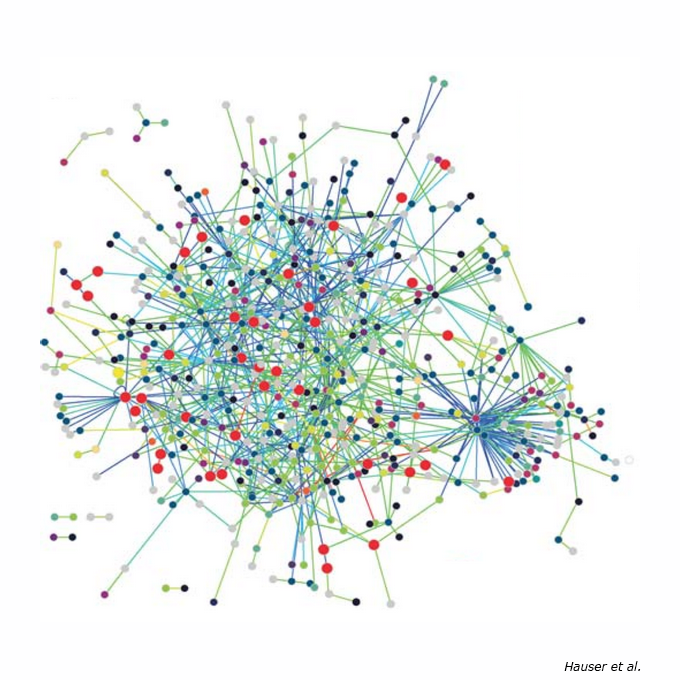EMOTIONS 2014 is the first international colloquium organized by the Laboratory of Excellence ECOFECT – eco-evolutionary dynamics of infectious diseases (http://ecofect.universite-lyon.fr/en) on modelling infectious diseases.

The main objective of EMOTIONS 2014 is to explore the epidemiological, ecological, molecular and evolutionary dimensions of infections (human, wildlife) with a special focus on the mathematical models and computational methods that may be important instruments for such investigations.
Of particular interest will be understanding the role played by species interactions at the individual and populational levels as well as by the environment, on the onset and transmission of infections, and possibly the potential for controlling such role may offer. The mechanisms and dynamics of such interactions and how these affect spread of infection will thus be discussed, as well as how pathogen evolution may be affected by within-host competition among different microbes.
Networks, that are graphs, represent one main methodological approach to modelling interactions. At the molecular level, so-called “omics” data may be modelled in the form of genetic, metabolic, protein-protein interaction and signalling networks. However this raises two classes of problems. One is to accurately infer such networks, given that a more complete picture of the functioning of a cell would further require that always more layers of network and molecular profile data are integrated together. Another is to be able to extract further biological information from such networks once inferred.
At the ecological level, networks are crucial in epidemiological studies as they enable to model contacts (existence, frequency, time evolution) between individuals potentially involved in a pathogenicity. Studying these networks allows to better understand the routes of possible transmission, but also to identify the main agents involved. However, network models remain under-utilised in ecology, especially for wildlife studies.
Bridging the gap between the molecular and ecological levels with the objective of better understanding and controlling infections, would then imply to model a network of (metabolic, genetic, etc.) networks, a problem that remains fully open and that we hope to be able to touch during the EMOTIONS 2014 conference.